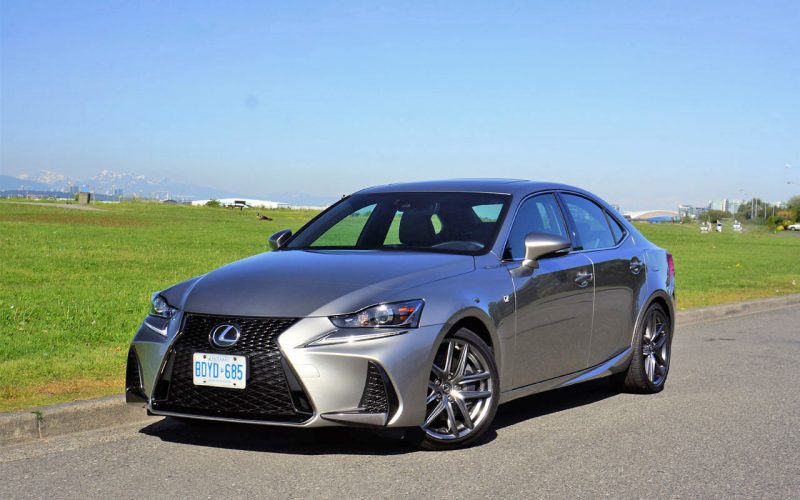
Reading Time: 7 minutesI’m always fascinated by how different the Canadian market is from our friends to the south.
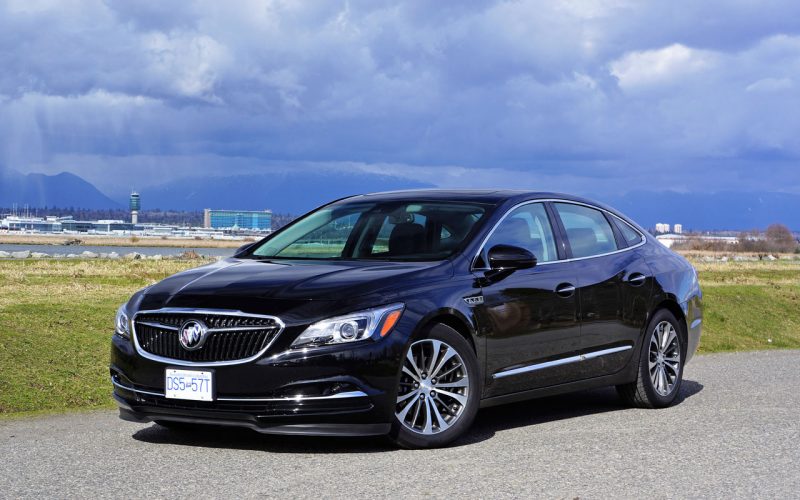
Reading Time: 6 minutesIf you were to ask most car shoppers to name the top three most reliable brands
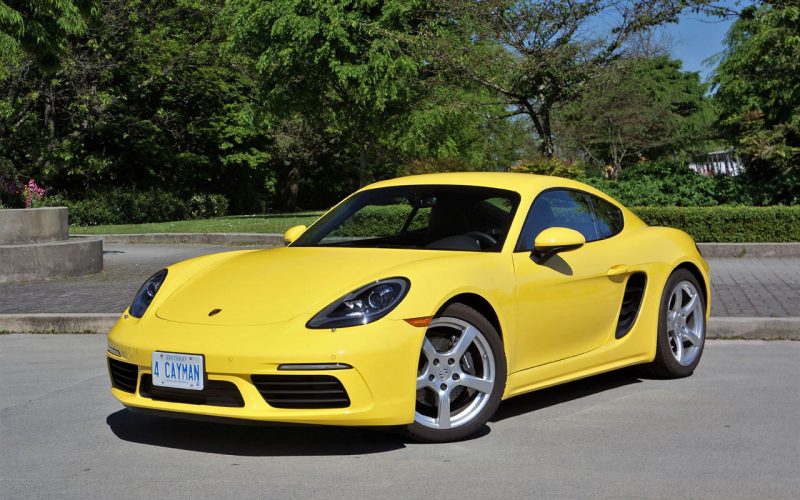
Reading Time: 6 minutesNormally when a premium brand changes its model-naming scheme from creatively written monikers to alphanumeric drivel
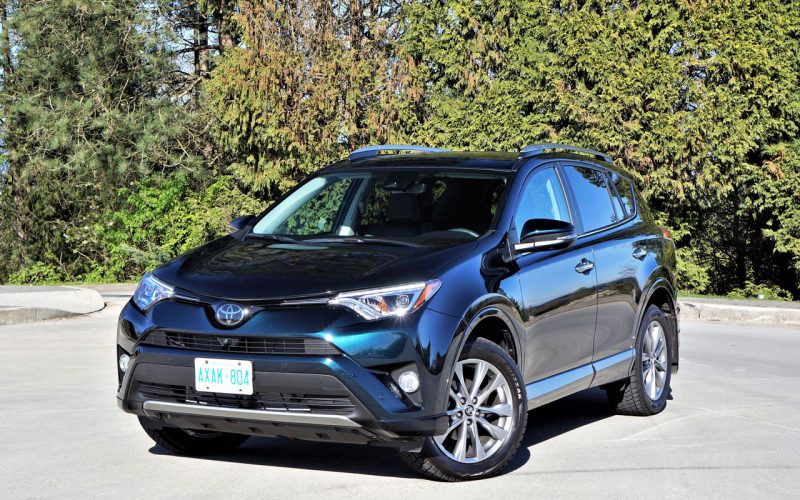
Reading Time: 5 minutesThe RAV4 is number one! At the close of 2016, Toyota’s fourth-generation RAV4 became the bestselling
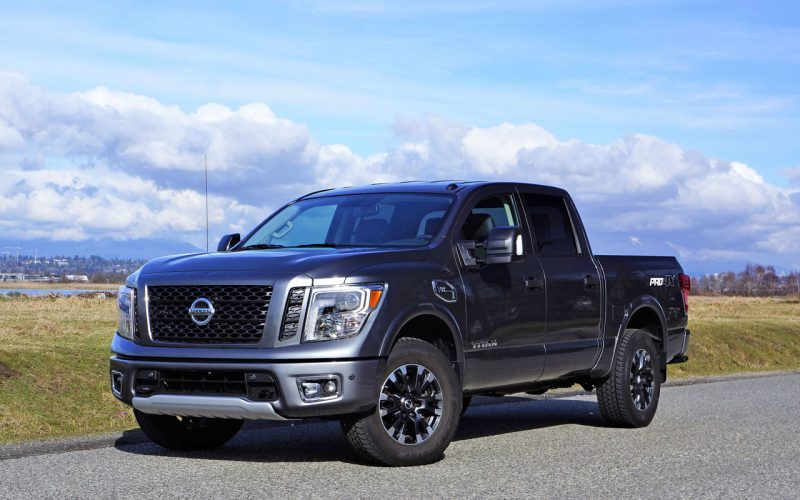
Reading Time: 6 minutesStories about unprecedented pickup truck sales growth aren’t fully founded in reality, as shown by 2016
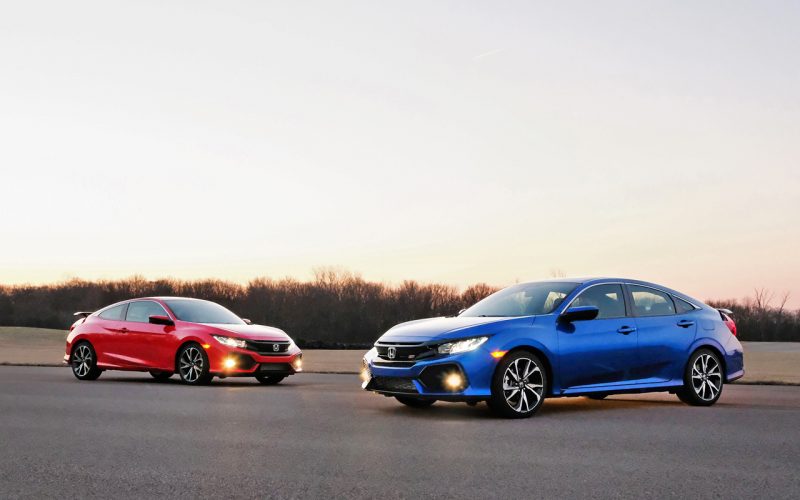
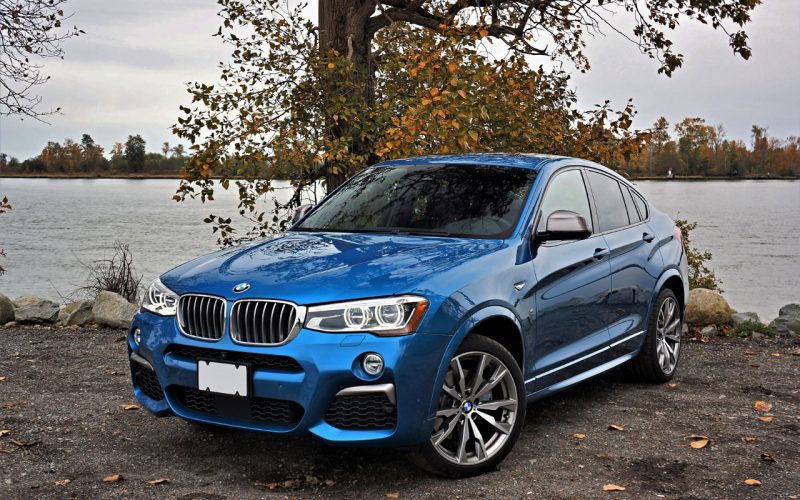
Reading Time: 3 minutesBMW is the ultimate niche filler. Seriously. The Munich-based premium marque manages to create obscure niches
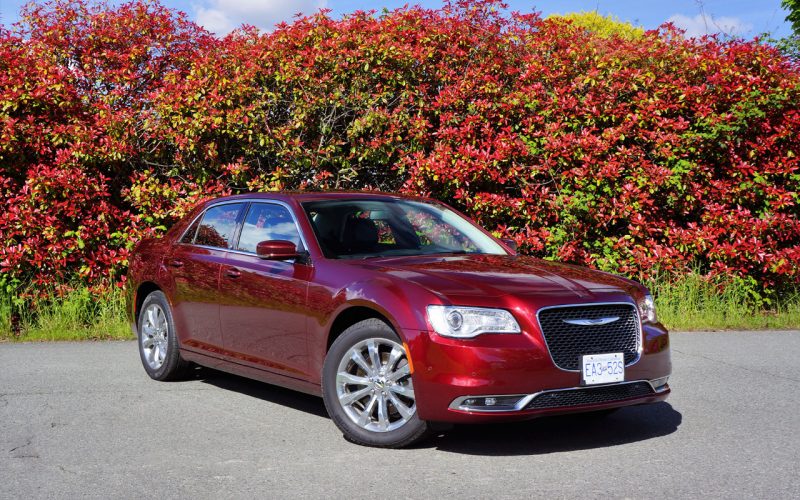
Reading Time: 6 minutesWhy does the Chrysler 300 outsell every mid- and full-size premium-branded luxury sedan as well as